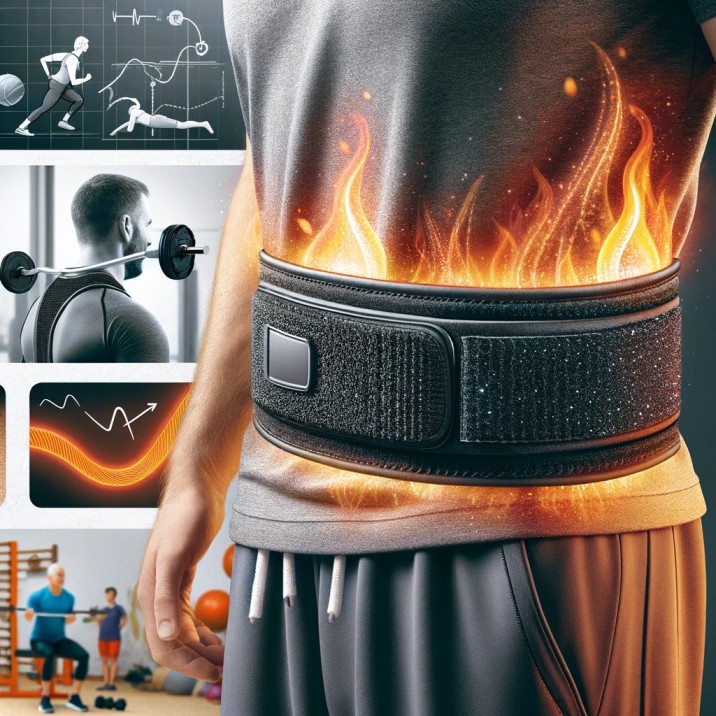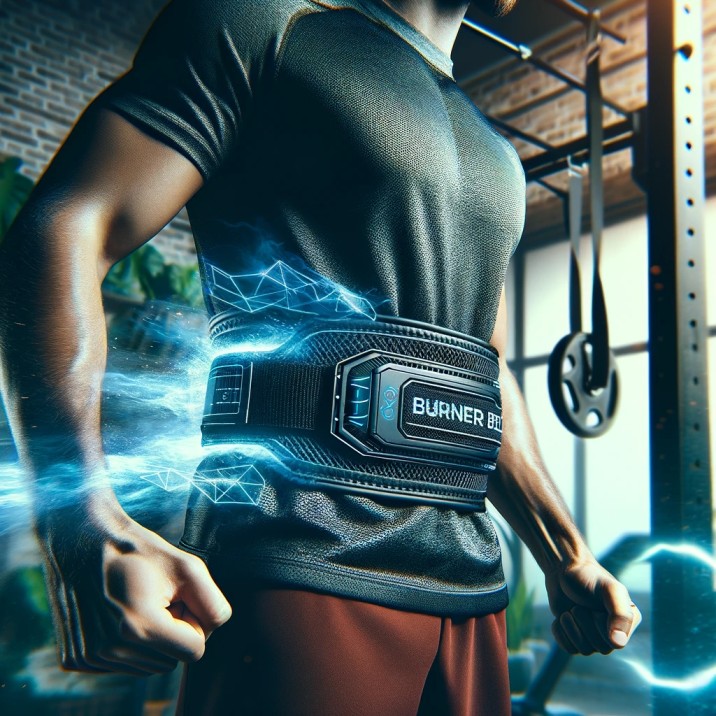A burner belt is a type of weight loss product, often a belt or waistband, that is worn around the midsection. Its purpose is to help increase body temperature in the abdominal area during exercise, and to enhance fat burning and water weight loss in that region. However, it’s important to note that the effectiveness of such products for long-term weight loss and fat reduction is often debated among health and fitness professionals.

A burner belt, commonly made of neoprene or other heat-retentive materials, is designed to be worn around the waist. The primary function is to increase the temperature around the abdominal area during physical activity. This temperature rise is believed to enhance sweating and, theoretically, increase fat burning and water weight loss in that region. The concept is akin to creating a ‘mini sauna’ around the waist, with the aim of improving the efficiency of one’s workout.
The Origin of the Burner Belt
The exact origins of the burner belt are somewhat obscure, blending into the history of fitness and weight loss products. It’s a derivative of the earlier waist belts used in the 1980s and 1990s, which promised similar weight loss benefits. Over the years, these belts have evolved in material and design, aligning with advances in fitness technology and consumer demand for easy weight-loss solutions.
How It Works
The mechanism behind the burner belt is based on thermogenesis, which is the process of heat production in organisms. By increasing the temperature and causing sweating, these belts create the perception of an intensified workout. The sweat loss is often mistaken for fat loss, although it’s primarily water weight that’s being shed.
Effectiveness and Critiques
While users of burner belts often report immediate results in terms of weight loss (mostly water weight), there is considerable debate about their effectiveness for long-term fat reduction. Most health experts agree that spot reduction – losing fat in a specific area of the body through targeted exercises – is a myth. True fat loss generally requires a combination of aerobic exercise, strength training, and a healthy diet.
Risks and Considerations
- Dehydration: Excessive sweating can lead to dehydration, especially if the individual does not replenish lost fluids.
- Skin Irritations: Prolonged use of the belt, especially in hot conditions, can cause skin rashes or irritations.
- False Sense of Security: There’s a risk that users might rely solely on the belt for weight loss, neglecting essential aspects of fitness and nutrition.
- Overheating: In some cases, wearing these belts during intense workouts can lead to overheating, posing a risk to one’s health.
The burner belt represents a category of fitness products that offer a quick-fix solution to weight loss. While it may provide temporary results in terms of reduced water weight, its effectiveness for sustainable fat loss and body shaping is limited and often overstated. The potential risks associated with its use, particularly if used excessively or without proper hydration, should not be overlooked. As with any fitness product, it’s important to have realistic expectations and understand that achieving and maintaining a healthy weight typically involves a long-term commitment to a balanced diet and regular exercise, rather than relying on quick-fix solutions.

